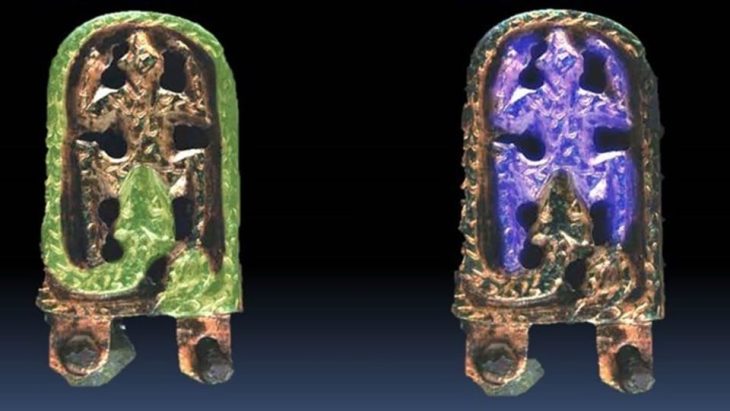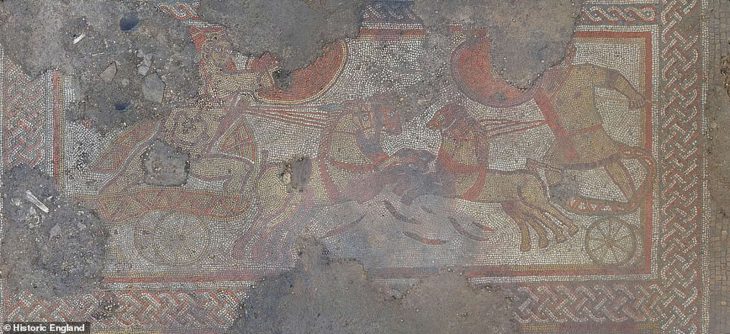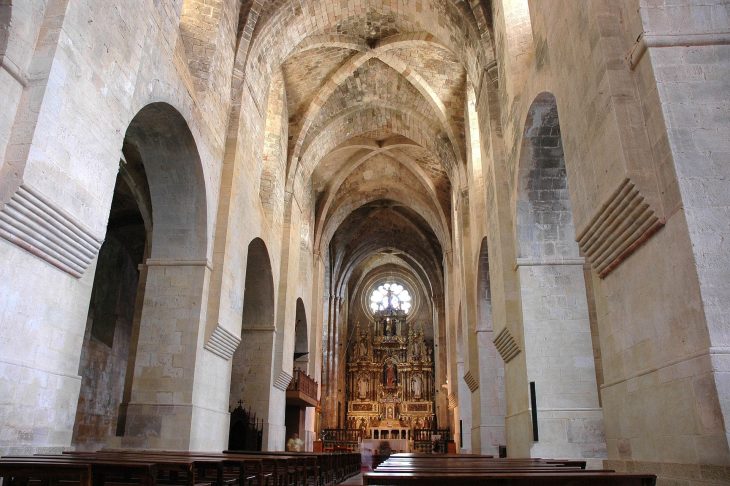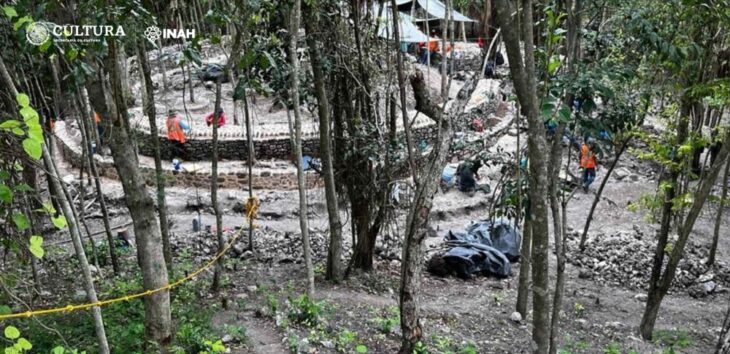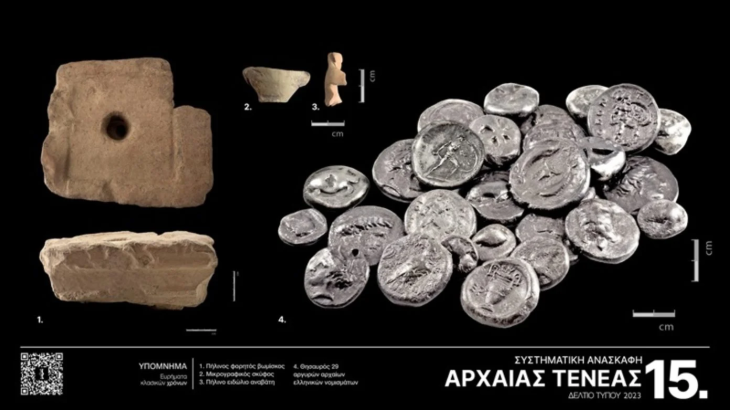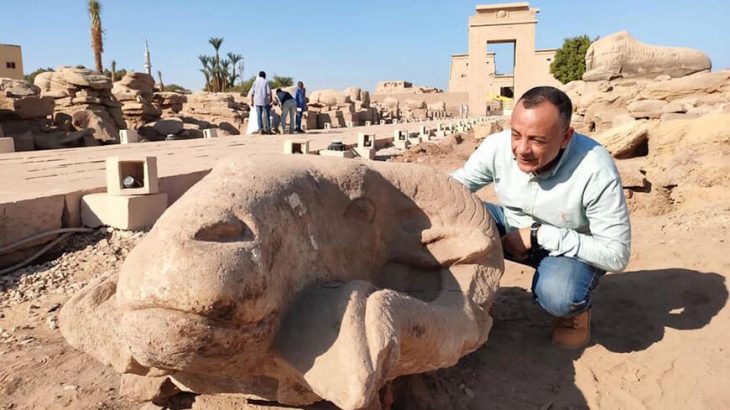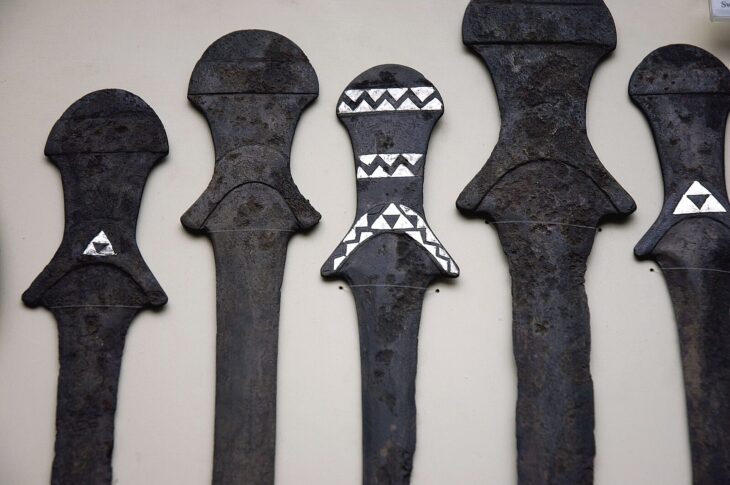Offa’s Dyke is a long, linear earthwork that roughly parallels the English-Welsh boundary. Offa is also known as the longest monument in England.
After erosion and vandalism caused damage to Britain’s longest historic monument, organizations have banded together to save Offa’s Dyke.
The Offa’s Dyke Association and Centre in Knighton will celebrate the 50th anniversary of the Offa’s Dyke Path National Trail’s inauguration in July of this year.
Dave McGlade, the association’s chairman, stated: “The 2017 Offa’s Dyke Conservation Management Plan condition survey was a wake-up call to us all because it revealed that only 8.7 per cent of the Dyke is in favourable condition. Thanks to decades of damage and erosion the archaeological record, unnoticed and unrecorded, is literally tumbling down the slope.”
Centuries of benign neglect have left their imprint on the Dyke’s fabric, but in recent years it has suffered some purposeful and irreparable acts of destruction at various points throughout its length, according to Dave.
Owing to the scheduled monument existing largely within private land, it falls upon its landowners and local communities to keep it maintained.
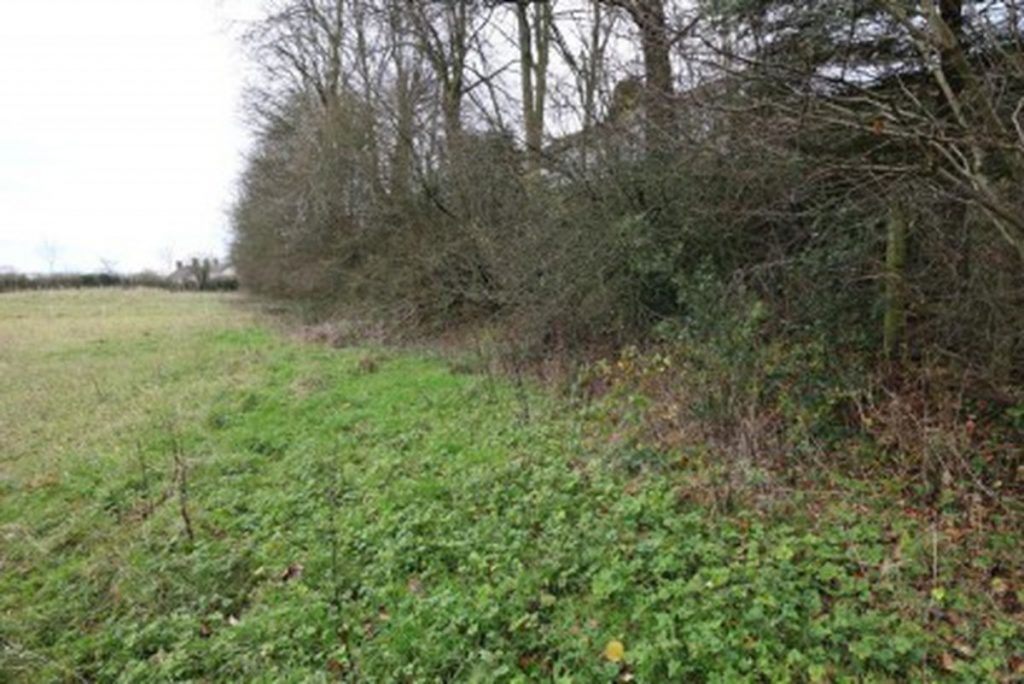
After consulting with Cadw, the National Trail Unit and the British Heritage Agency, Offa’s dyke rescue fund will seek to purchase parts of the dyke that are deemed “threatened” by continued damage or serious negligence.
The fund will also be used to pay for proactive management initiatives by the Cadw and Historic England-sponsored Offas Dyke Conservation Project Officer. These will involve clearing overgrown scrub vegetation and making required repairs to the Dyke, as needed, in order to preserve Britain’s longest historic monument for future generations.
Simon Baynes, MP for Clwyd South in North Wales, said: “I applaud the commitment of the Offa’s Dyke Association to maintaining and supporting this extraordinary and much loved national monument, particularly through the Associations Offas Dyke Rescue Fund.”
A spokesperson from Historic England said: “This is important work because Offa’s Dyke is the largest, most impressive, and most complete purpose-built early medieval monument in Western Europe.
“It is the largest civil engineering project ever undertaken by an Anglo-Saxon state, and the most impressive Anglo-Saxon monument to now survive in the UK. The Dyke is all the more important as little visible evidence of the peoples and historical processes of the early medieval period now remains.”
Offa’s Dyke is a long, linear earthwork that roughly parallels the English-Welsh boundary. Offa, the Anglo-Saxon ruler of Mercia from AD 757 to 796, is said to have directed the structure’s construction. It demarcated the border between Anglian Mercia and the Welsh kingdom of Powys, though its exact initial purpose is unknown. Stretching from Flintshire in the north to Gloucestershire in the south, today some 80 miles of the monument survive in varying states of preservation and condition.
The Offa’s Dyke Path extends for 177 miles from Prestatyn in the north and Chepstow in the south, and it passes through Shropshire, Powys, and the Wye Valley in Gloucestershire and Monmouthshire, shadowing the monument for lengthy stretches.
Visit justgiving.com/campaign/offasdyke to donate to the fund.
Cover Photo: Chris Heaton– Wikipedia
Source: Shropshire Star


